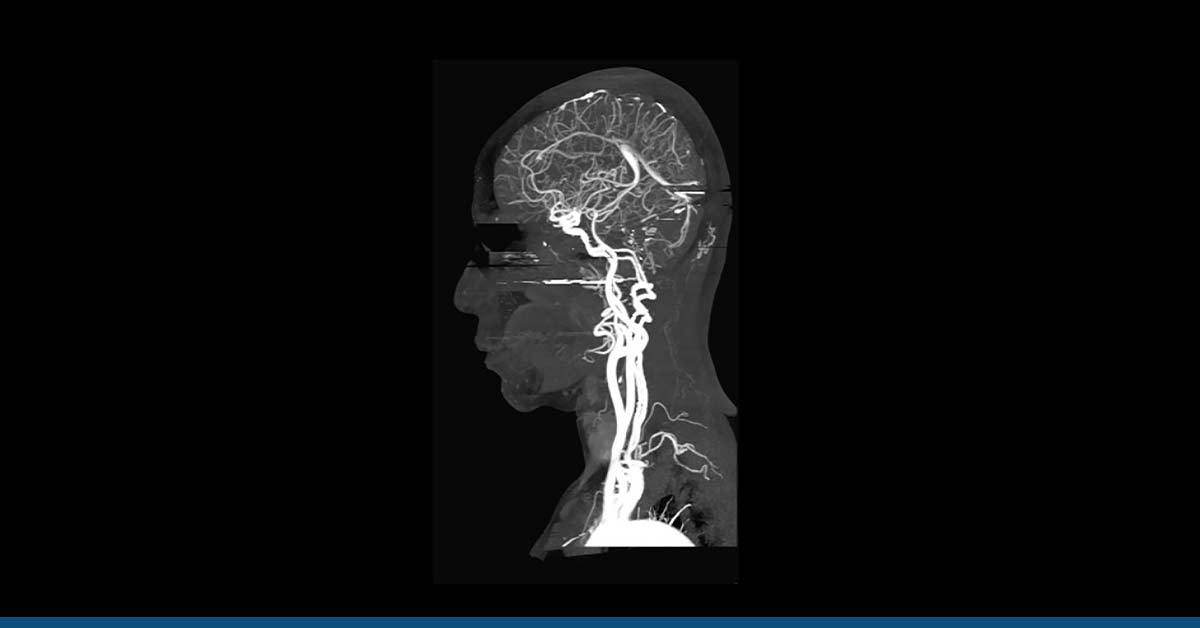In this article, we will look at the differences between screening and diagnostic tests and what they do to detect diseases before they cause symptoms. We will also explore the differences between screening and diagnostic tests based on their cost effectiveness, accuracy, and sensitivity. Once we’ve examined these differences, we can evaluate the relative value of screening versus diagnostic tests.
Table of Contents
ToggleDetecting Diseases Before Symptoms Appear
Detecting diseases before symptoms appear may be beneficial for some people, but it doesn’t mean that the disease will always be curable. Detecting disease early may even make a person anxious and ill, but this early detection won’t lead to better outcomes. Screening tests can be more effective at detecting diseases that are less likely to cause symptoms later.
Screening Tests
Screening tests are conducted on generally healthy people before any symptoms appear. They can include a health history, physical exam, lab tests, urine, and imaging procedures. Experts regularly evaluate the benefits and risks of various screening tests to determine the best way to identify people at risk of disease. While screening tests do not diagnose a disease, they do identify individuals that should be given further testing.
Screening tests can also identify risk factors for disease, and help people change these risk factors to decrease their chances of developing the disease. Effective screening tests must be easy to administer. They should be valid, reproducible, and available throughout the country. Screening tests must also be inexpensive, as the cost may deter health insurance coverage.
Why Are Screening Tests Important?
Detecting diseases before symptoms appear is the ultimate goal of prevention. In addition to preventing symptoms, screening can also identify groups at higher risk for disease. A screening test must be accurate to be useful. A randomized study can measure both accuracy and sensitivity and then compare the two methods. Only in such a study can the effectiveness of a screening test be established.
Screening VS Diagnostics
The advantages of screening tests over diagnostics are obvious. Screening tests are much less invasive. As a result, they can often be performed at home and the process of screening does not require a doctor to administer any medications, which can make the process even easier. The results of screening tests are also more reliable than those of diagnostics, which require more extensive testing.
Cost Effectiveness
The cost-effectiveness of screening versus diagnostics tests can help guide health systems’ decisions about where to spend scarce resources. Screening tests are often associated with a high risk of false positives, and screening programs with a large number of false negatives can lead to significant waste.
A cost-effective screening program should be based on the accuracy and reliability of tests, and be able to predict which patients will need treatment for their condition. Generally, a cost-effective screening program should be able to provide the same health outcomes as the test or treatment that is more expensive.
Approaches
There are two important approaches to model costs and benefits of screening and diagnostic tests. The first is to consider the patient’s perspective. This is particularly important when it comes to testing the cost-effectiveness of a screening program. Depending on the situation, screening may have greater societal value than diagnostic tests. The second approach involves combining short-term and long-term models. Regardless of the decision, the patient’s health care provider should consider the context of the screening program.
Challenges
There are several challenges associated with economic evaluations of screening and diagnostics strategies. One of these is the time needed to assess the value of different interventions. The results of studies that consider these different costs are not consistent. The cost-effectiveness of screening tests is more likely to be higher for a screening test if the benefits are greater than the costs associated with screening. The cost-effectiveness of screening tests depends on the type and the number of people being screened.
Diagnostics vs. Screening – Differences
While public health professionals do not typically engage in patient diagnosis, they may use the same types of screening tests in their work. Screening tests are meant to detect early illnesses in large populations. Diagnostic tests, on the other hand, are designed to detect the presence of a disease. Therefore, it’s important to know the difference between screening VS diagnostics tests.
Sensitivity
Essentially, the difference between screening VS diagnostics is sensitivity. A screening test has a high sensitivity, so a positive result is less dangerous than a false negative. However, sensitivity can decrease specificity. Depending on the circumstances, some screening tests can actually cause more harm than good. The test results should also be interpreted accordingly. A Fagan’s nomogram is a useful tool in deciding which tests to use.
Screening Comes Before Diagnosis
If a screening test finds a problem, your doctor may recommend further diagnostic tests. An ultrasound, blood tests, and genetic testing can help your doctor determine a certain disease. In these cases, the screening tests may be more effective. They also help to determine whether you are at risk of contracting a disease based on your ethnicity and age.
Accuracy
The sensitivity and specificity of screening VS diagnostics tests should be high enough to identify a disease, but the accuracy of the test is difficult to quantify. In diagnostic tests, the two estimations of sensitivity and specificity are joint hypotheses. A high sensitivity rate is followed by a low specificity rate. Because these estimates are correlated, it is difficult to identify the best test for a particular disease or condition. Instead, the accuracy level should be considered, which is a measure of the test’s overall precision.
A study was conducted using the review manager software program, RevMan, to examine the variability of diagnostic accuracy between studies. It looked at differences between screening tests and diagnostic criteria, as well as population screening. It also considered study design, which may have affected the results of the studies. Despite the complexities of this analysis, researchers should note that systematic reviews of screening VS diagnostics tests are necessary to assess the impact of new technologies.
The study conducted by Kotz et al13 focused on the accuracy of a screening test when performed on symptomatic COPD patients. The results of this study were also applicable to patients without symptoms. However, the accuracy of screening tests should be compared to diagnostics tests if they are used to determine the risk of disease.
Screening – Downsides
Screening has several downsides. False positives can affect the patient’s mental health, while overdiagnosis can increase morbidity and mortality. False-negative results may cause the disease to go undetected, thereby limiting the efficacy of treatment. Liquid biopsy tests are an example of a screening method that can screen for dozens of cancers. However, they are also expensive, and a lack of evidence makes their use for widespread screening difficult. As such, government and managed care organizations must carefully weigh the costs and benefits of screening as a primary care option.
Conclusion
The sensitivity of screening VS diagnostics depends on the disease severity. The lower the sensitivity, the greater the chance of a false positive result. In contrast, the high sensitivity results in more false negatives. Those tests with high specificity should be used only when the specificity is high enough to confirm the diagnosis. If there is a risk of cancer, the patient should undergo invasive tests.
With the use of cutting-edge medical technology, such as healthcare analytics, comprehensive health management, and quick updates, we at HG Analytics make sure your diseases are detected via timely screenings.
Get in touch with us right now to gain access to data-driven insights, better healthcare choices, and the most affordable treatments.





